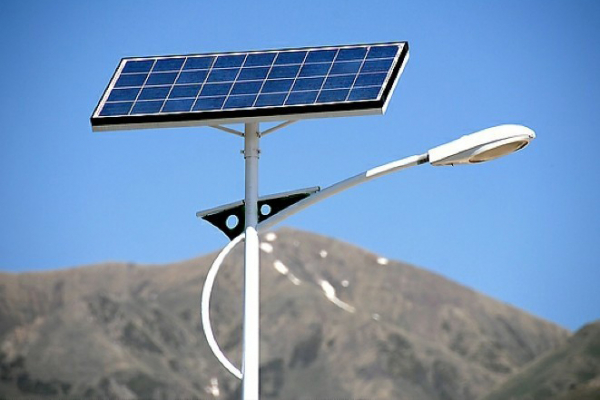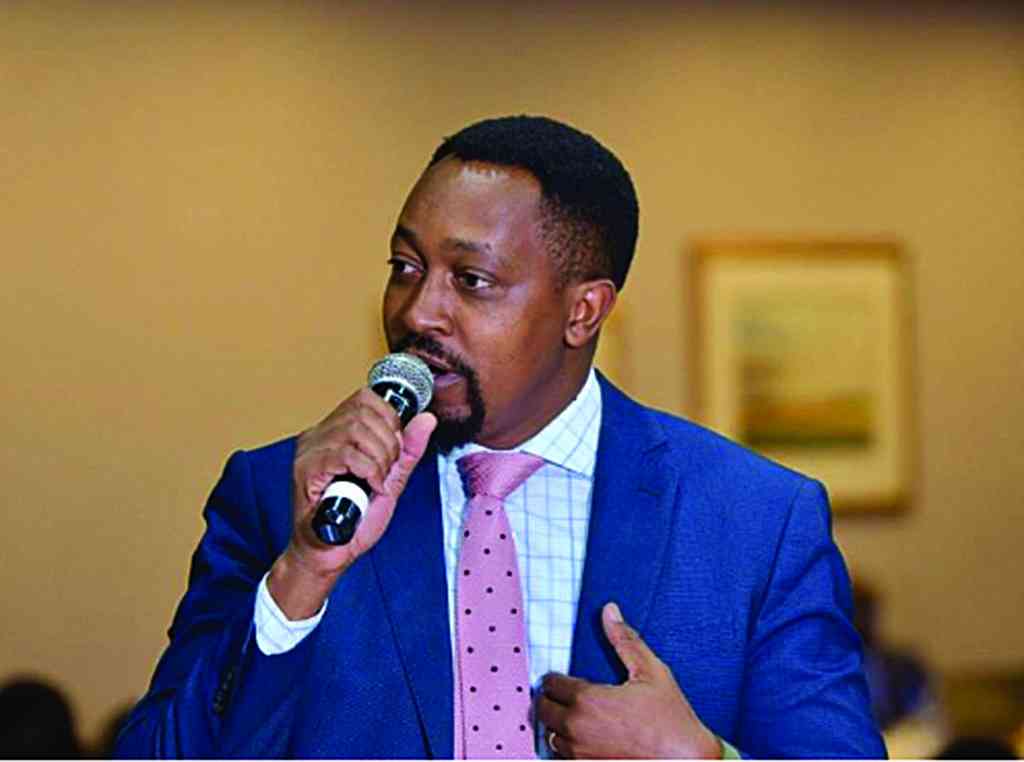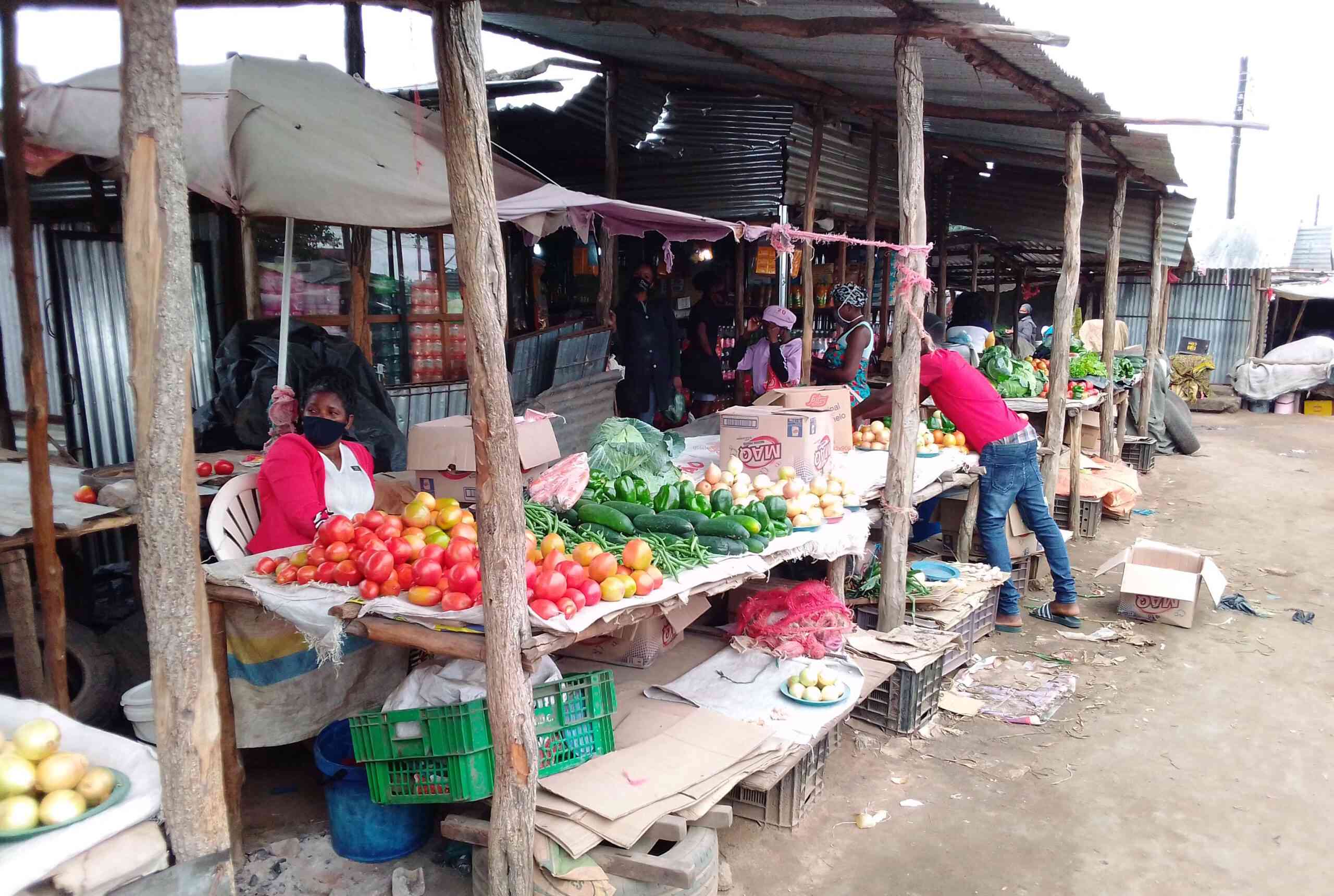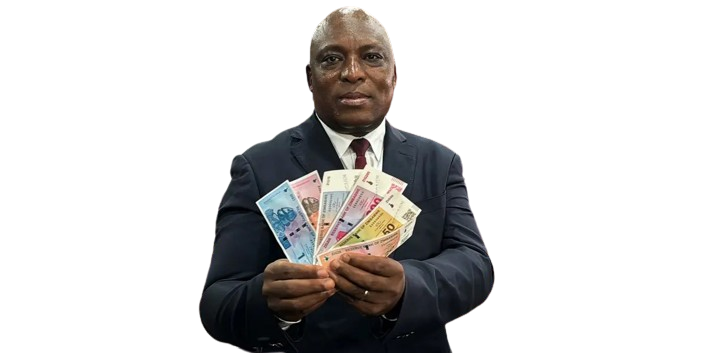
ZIMBABWE liberalised the electricity sector, but the participation of private players remains minimal. NewsDay (ND) business reporter Mthandazo Nyoni recently spoke to Renewable Energy Association of Zimbabwe chairman Isaiah Nyakusendwa (IN) about the challenges affecting the sector. Below are excerpts of the interview.
INTERVIEW: Mthandazo Nyoni
ND: What is the state of renewable energy sector in Zimbabwe?
IN: The renewable energy sector in Zimbabwe is picking up following, obviously, support from government in trying to open up space for private players.
We have the Electricity Act, which allows the participation of private players. New regulations are actually being drafted. Obviously, there are more things that we still need to do. For example, we need to finalise the renewable energy and the bio-fuel policies.
There is space that is developing, but more importantly, we need appropriate funding to be available for us to have an uptick in renewables.
MN: How much funding do you need as a sector?
IN: In terms of the amount, it could be any, but the biggest challenge is the cost and tenure — the period that it can be repaid. Most of the funding is coming from outside the country. Our local financial institutions don’t have the capacity. Interest rates are high, and they don’t have the capacity to give long-term loans. Equally, there is a general lack of understanding of renewable energy source products that are available.
- Chamisa under fire over US$120K donation
- Mavhunga puts DeMbare into Chibuku quarterfinals
- Pension funds bet on Cabora Bassa oilfields
- Councils defy govt fire tender directive
Keep Reading
However, I’m happy to say that we have got things like solar home systems that are now being sold in the market, but the challenge is that we need to deal with the issue of customs duty.
DN: How is that a challenge?
IN: When the customs duty codes were designed, solar products were said to be duty-free, but now what you find is that a solar product can come as a lighting system plus a television. It’s a solar system.
We have problems where people want to put mini-grids, bring in inverters and panels separately. They bring the infrastructure differently. So somebody sees cables, and they charge them duty, even on solar irrigation pumps. We have challenges where a pump comes with panels; the law says the pumps are not duty free, but the panels are.
So these are some of the things that we are working together with government to try and see if we can find solutions, so that we can increase uptake in that score, in-asmuch as renewables are concerned.
There is also the issue of rural electrification master-plan which was done, which we are also saying we need to operationalise.
ND: You spoke about the issue of interest rates. What rates would be ideal for your sector?
IN: If you look at the international markets, interest rates are generally around 5%, if not even less. In this country, our biggest challenge, if you look at microfinance, for example, they charge 10% per month. Then what project can you do?
Even if you are financing a consumer, you are actually going to have a problem of inability to pay. Sometimes banks can charge between 8% and 15%, or whatever, but it’s usually for a shorter period.
These solar projects, like the solar plants, actually require medium to long-term funding of 15 to 25 years for one to be able to have a return.
MN: What other challenges are you facing as an industry?
IN: The other thing that I didn’t mention is the issue of convertibility, the issue of currency. It’s also a major issue in as far as investment is concerned, because somebody brings in their money today and they would like to do a power plant; they sign a PPA [power purchase agreement], either in United States dollars or in local currency? If it is in US$, what are we going to charge the consumer? If you are charging in local currency, then would one be able to convert that local currency and be able to pay, say, the loan in forex?
So these are things that I think as a country we just need to work around and be able to get solutions for so that we can get access to energy for our people because the important thing is not the people in town, but those in the rural areas, because those people do not have viable sources of power in their lives, while people in town at least have something.











